Best laptop for SolidWorks of 2024
Make sure you've the right hardware for SolidWorks solutions

The list in brief
1. Best overall
2. Best for graphics
3. Best for performance
4. FAQs
5. How to choose
If you're working with the best 3D modeling software and CAD programs, you need the best laptop for SolidWorks for total reliability and performance.
Solidworks was one of the very first companies to produce 3D CAD (Computer-Aided Design Software) capable of running on desktop PC. Since the nineties the company has produced a range of products, including SolidWorks 2024 for CAD and 3D-modeling.
If you check out the system requirements page, it doesn't seem hard to choose the best laptop for SolidWorks. The website recommends a 64-Bit Intel or AMD CPU, at least 16 GB of RAM and an SSD for optimal performance.
On the face of it, this means a large number of laptops are compatible but it becomes more difficult when you start delving into graphics cards and GPU, as not all are fully compatible with every SolidWorks feature.
Luckily, SolidWorks has come to the rescue by providing a page of officially certified devices and graphics cards that work with its products. We've chosen the best of these for your consideration but given that various SolidWorks products have varying requirements we recommend you contact the company before buying to check your device is fully compatible.
Quick List
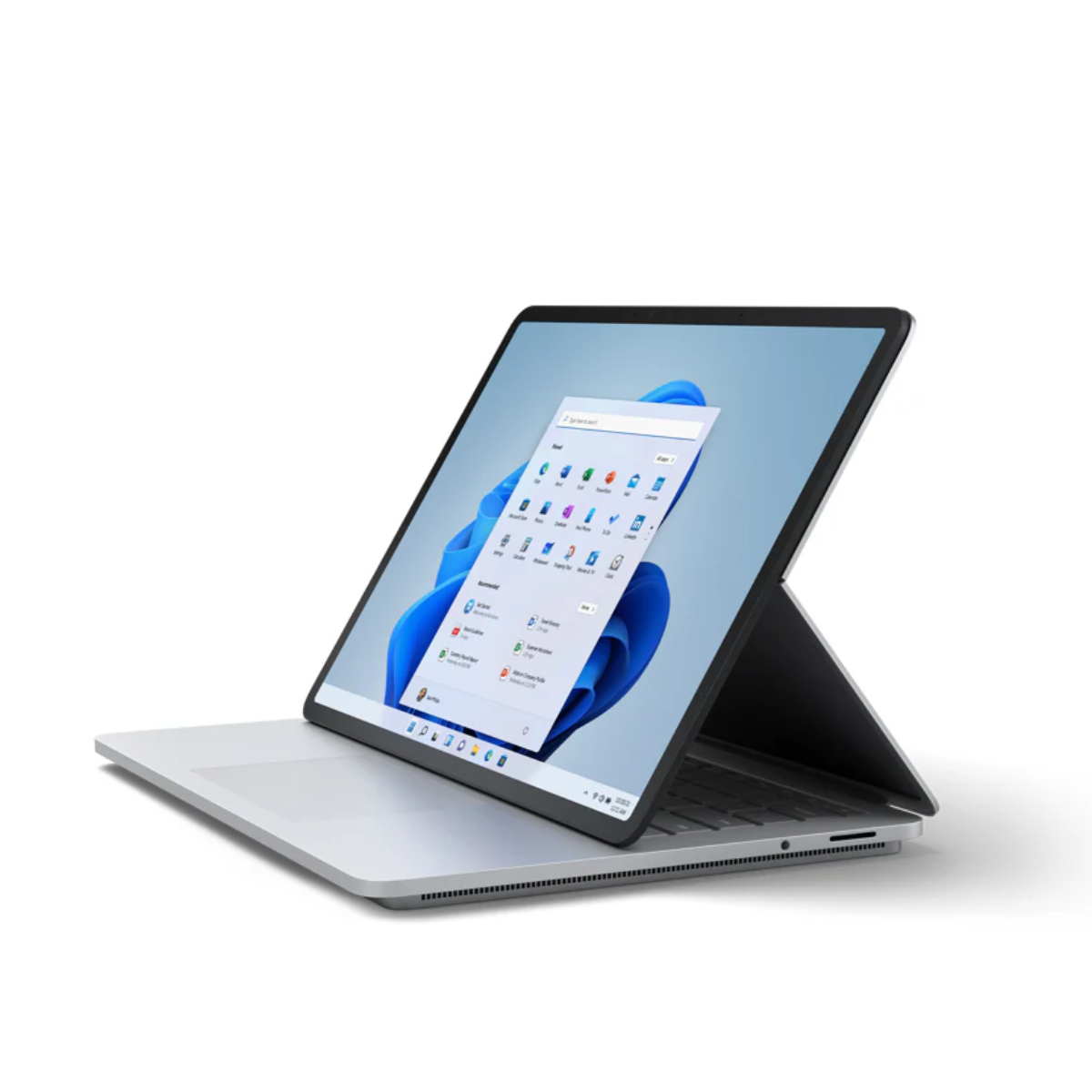
An impressive but expensive offering for your SolidWorks needs.
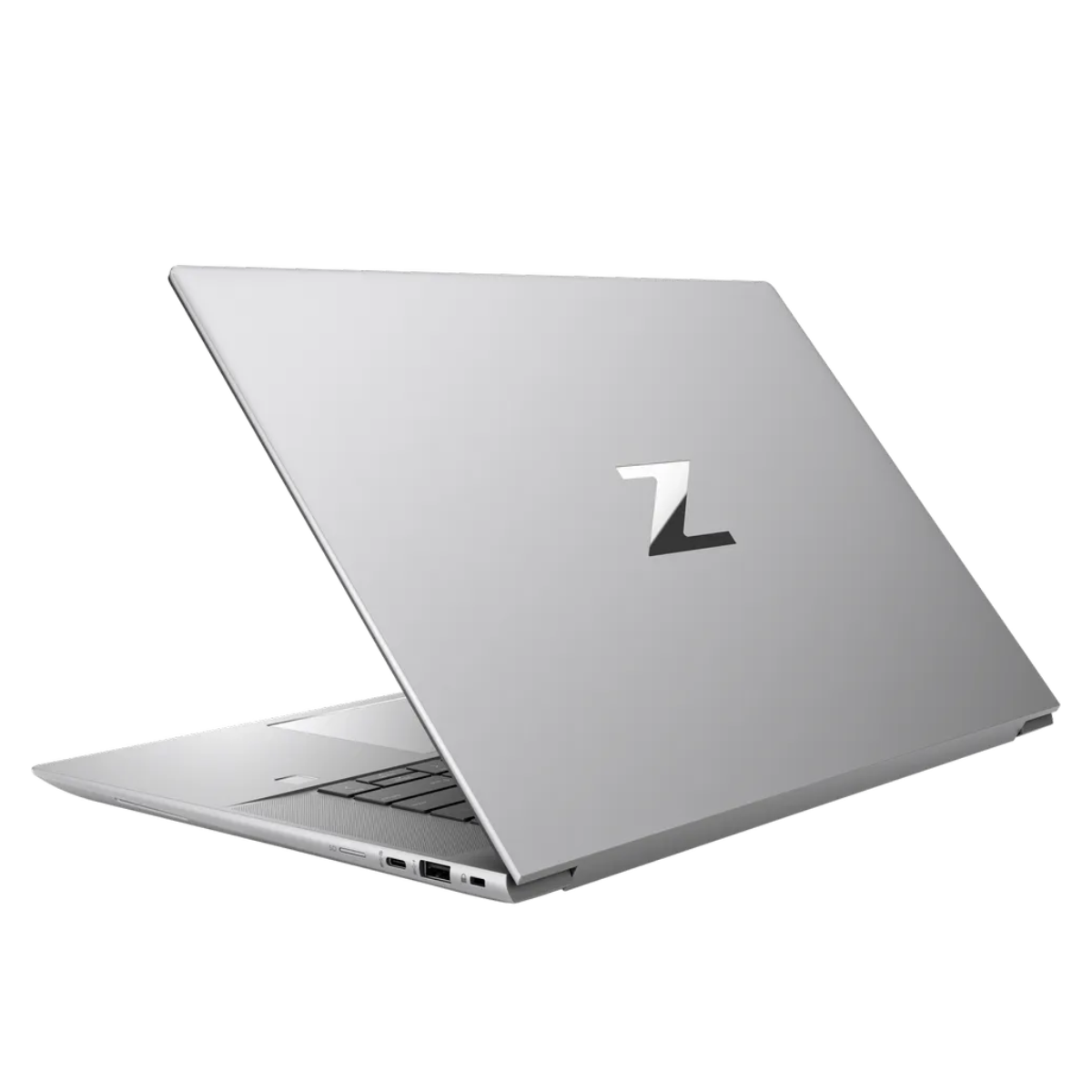
A powerful if not long-lasting SolidWorks solution.
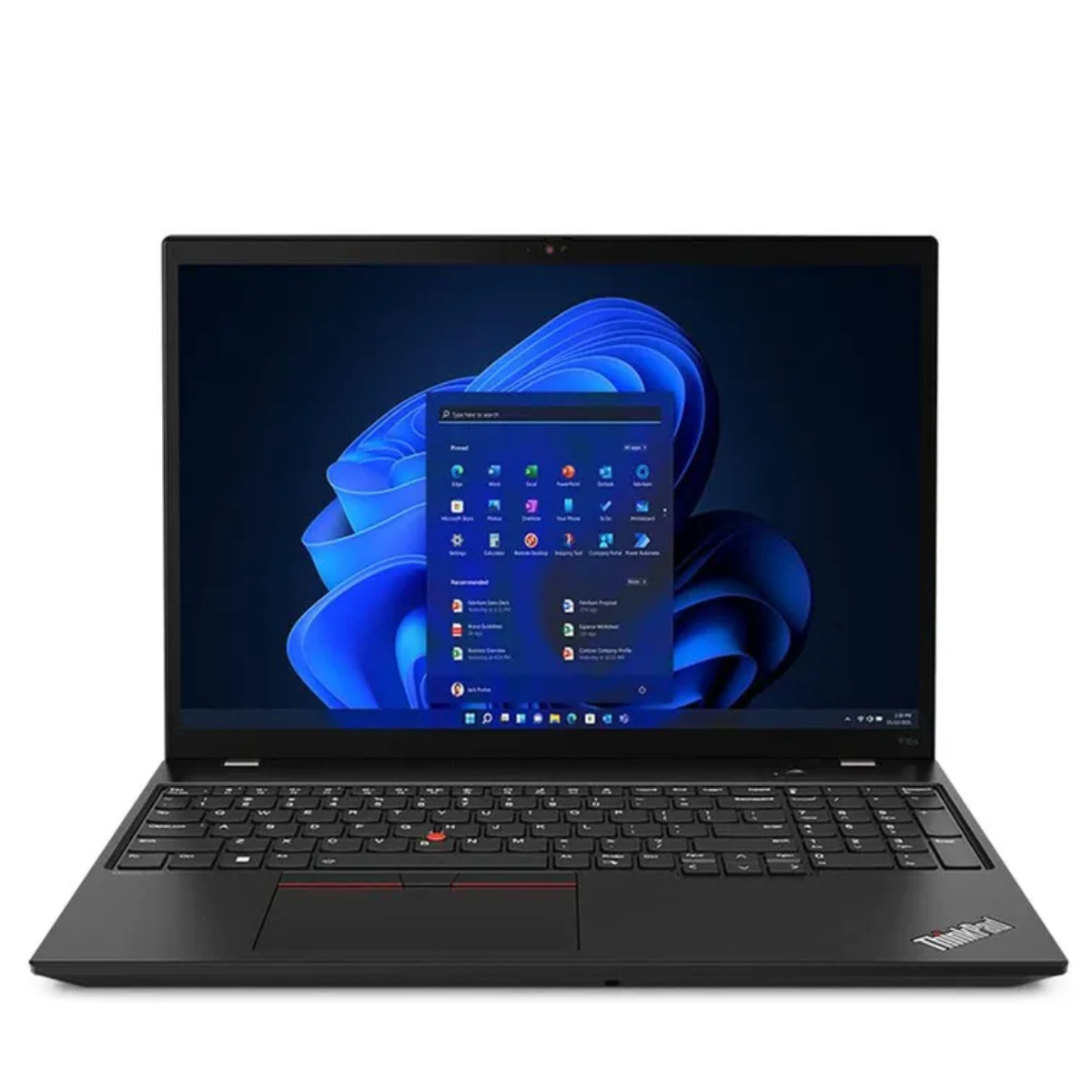
A powerful mobile workstation that's heavyweight in every sense of the word.
The best laptop for SolidWorks of 2025 in full:
Why you can trust TechRadar
Best laptop for SolidWorks overall
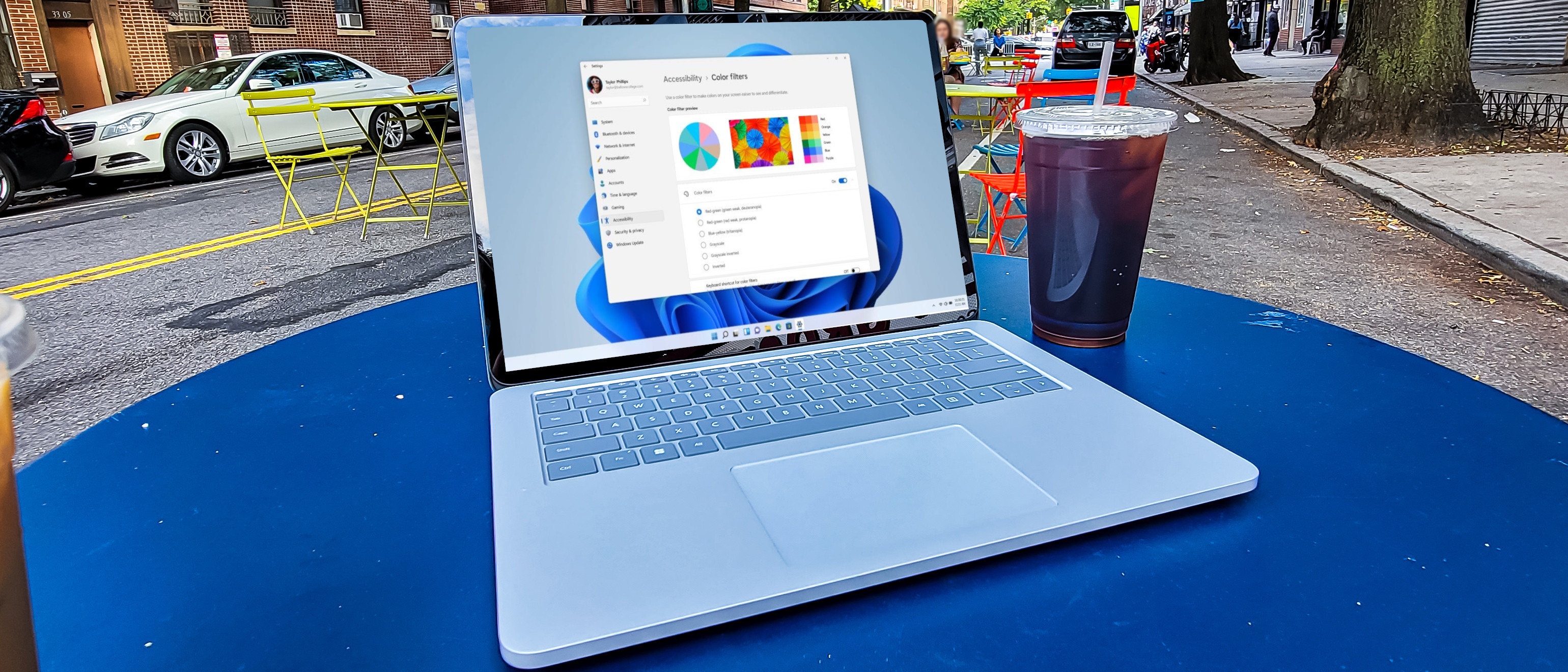
Specifications
Reasons to buy
Reasons to avoid
We have previously reviewed the Microsoft Surface Laptop Studio and are very excited about its successor, the Microsoft Surface Laptop Studio 2 which performed twice as fast as a 2023 M2 MacBook Pro when rendering a digital image in Blender at a live Microsoft Event.
Whether you buy the original or its successor, both feature the NVIDIA RTX 2000 series of cards. The original Studio laptop comes with 4GB of VRAM, whilst the latest device uses the 'Ada' variant comes with 8 GB of non-ECC VRAM. The lack of error correction actually is a good thing, as it makes the GPU better at working around the clock and performing very intensive tasks.
At 14.4 inches the display is not amazingly large for displaying 3D designs. However, the 2,400x1600 (3:2) resolution should be capable of displaying images given it supports 3.84 million pixels. The 120Hz refresh rate also lends itself well to image rendering or any application that requires constant refreshes.
The 1TB NVMe SSD is the ideal size for storing both SolidWorks software and your creations. At just under 2 kilos it's also ideal for those designers who prefer to work in the field.
Speaking of working outside the office, the original model's battery life came to around 11 hours in our tests. We've yet to review the latest Surface Laptop Studio but online research shows it lasts much longer on battery - around 19 hours.
In our review, we complained about the lack of legacy ports but this isn't a major concern if you only want to use SolidWorks. This leaves the main objection to choosing a Surface Laptop Studio being the price - one of the highest we've seen even for a very powerful laptop.
There are other versions available that use the RTX 4050 and 4060 series of graphics cards starting from around $2,400. The SolidWorks website does say that the RTX 4000 series are supported but doesn't mention these cards specifically. As always, we recommend contacting SolidWorks before buying.
Read our full Microsoft Surface Laptop Studio review.
Best SolidWorks laptop for graphics

2. HP ZBook Studio G9 Mobile WorkStation
Specifications
Reasons to buy
Reasons to avoid
Hewlett Packard's ZBook Studio range is famous for both portability and delivering processing power of the kind you'd usually expect to find on a desktop machine.
There are a number of different configurations available. The specs listed above are for the model we tested in our original review. For readers who don't speak Dutch, our tester Bram ran benchmarks on a configuration of the G9 which includes the NVIDIA RTX A3000, which is officially certified to function with SolidWorks, especially given that it comes with a colossal 12 GB of VRAM. Our reviewer noted that this model of GPU is roughly equivalent to the NVIDIA GeForce RTX 3060 - an extremely powerful and popular graphics card for gamers.
Given the colossal price tag of our test model however, we should also mention that there's also a model available with the RTX A1000, which costs over $1500 less, though you'll only receive a third as much VRAM at 4 GB. You can also opt for the aforementioned GeForce RTX 3060 with 6 GB of VRAM to save $1052. Both of these graphics cards are also certified as compatible with SolidWorks.
This configuration also includes the best available display: a 3840x2400 (16:10 aspect ratio), which like the Microsoft Surface Laptop Studio has a 120Hz refresh rate making it ideal for tasks like rendering complex digital images.
The 2 TB SSD provides ample space for both SolidWorks tools and designs, though if you're looking to save $630, this can be downgraded to just 1 TB.
From looking over official product specs, we discovered the starting weight for this model is 1.73 kilos but given the maxed out display, hard drive and RAM (64 GB DDR5) of this configuration it's likely to be a little heavier. Still, even at around two kilograms, it's a fairly compact device.
If you're working in the field, you're likely to be disappointed with this model's battery performance however. During our tests, even after an hour of moderate use the charge dropped by 25%.
Read what TechRadar NL thought in its full HP ZBook Studio G9 Mobile WorkStation review.
Best SolidWorks laptop for performance
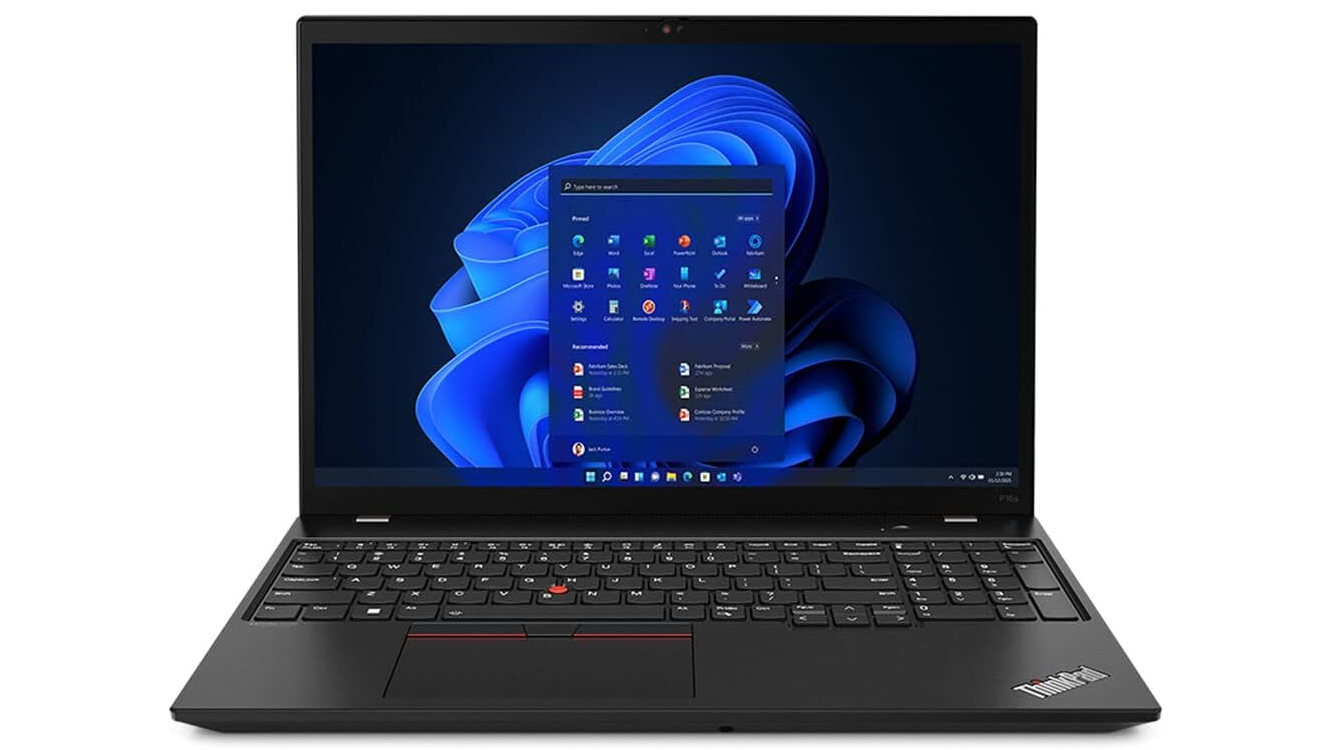
Specifications
Reasons to buy
Reasons to avoid
Lenovo's series of mobile workstations are designed specifically to provide performance above and beyond your typical laptop, which is exactly what you need for the kind of resources SolidWorks requires.
The model we reviewed incorporates the NVIDIA RTX 5000 Ada, which has a massive 16 GB of VRAM, making it perfect for CAD and 3D modeling. That said, there are other configurations available. If you're happy to settle for just 12GB of VRAM you can opt for either the RTX 3500 or 4000, saving yourself over $2,000 in the process.
Our test model also included the advanced OLED display, which impressed our reviewer with its 400 nits of brightness, making it easy to see even in the middle of the day. This suggests the P16 would be ideal for graphical projects.
Various configurations of system RAM are also available. Ours came with 64GB of DDR5 RAM but you can upgrade this to 128 GB for around $500 extra.
In terms of storage, the system actually supports up to two SSDs. Our model came with a 2TB drive but you can actually choose a configuration with up to 2 x 4 TB drives. We feel this might be overkill if you just want to create and store SolidWorks projects but it's good to have the option.
The ThinkPad P16 weighs 6.5 lbs / 2.95 kg and is 1.2 inches thick, making it much bulkier and heavier than other mobile workstations we've reviewed. Given that there are equivalent machines that both cost and weigh less, we'd only suggest this model if you really need to max out the graphics card as this is one of the most powerful laptops we've reviewed.
Read our full Lenovo ThinkPad P16 Mobile Workstation review.
Best laptop for SolidWorks: FAQs
What are the minimum specs for running SolidWorks on a laptop?
We strongly recommend contacting SolidWorks before downloading any software but as a bare minimum we would recommend a laptop with:
- 3.3 GHz Intel Core i5, i7 or equivalent AMD CPU.
- 8 GB RAM
- 1 TB SSD
- NVIDIA RTX A1000 GPU (4GB VRAM)
Will SolidWorks work on macOS?
SolidWorks does develop some applications for macOS, including eDrawings Viewer and DraftSight.
Other programs are designed only to work with Windows 10 or 11. Still, they may be able to function using virtualization software like Parallels. SolidWorks system requirements page details the versions of various hypervisors which can be used to run their software, though at the time of writing the specs for SolidWorks 2024 aren't available.
Naturally when running virtualized versions of applications this will mean your device won't be able to make full use of graphics processing power. You'll also need to buy and install virtualization software separately, as well as a valid license for Windows 10 or 11 to run your chosen SolidWorks product. This is why we only recommend using macOS if you've no other choice.
Can I use a low-spec laptop for SolidWorks?
SolidWorks is pretty resource-intensive, so unfortunately low-specced laptops aren't likely to work.
However, there is a cloud-based alternative: SolidWorks Cloud. This platform is designed by the same team who built Solidworks 3D CAD but the company claims it can be accessed via any device using a web browser.
This may mean you can get away with using a lower-spec laptop but we do suggest contacting SolidWorks before setting this up to make sure your device can handle their platform. If you're working to a budget, we're tracking the best laptop for AutoCAD deals.
How to choose the best laptop for SolidWorks
SolidWorks is a powerful and widely used computer-aided design (CAD) software that requires robust hardware to handle complex 3D modeling, simulation, and rendering tasks. As with the best laptops for engineering students or best laptops for architects, when choosing a laptop specifically for SolidWorks, it is crucial to consider certain factors to ensure optimal performance, smooth workflow, and an immersive user experience.
Here are some of the specs you should consider before you pick up a laptop for Solidworks:
Processor (CPU) performance
SolidWorks mainly depends on processor performance, so your workstation laptop will need a powerful processor to match all of the GPU-accelerated renderings that this program requires.
Intel Core i5 processors are the minimum we recommend, though i7 and i9 would provide greater performance despite more cores not directly contributing. You can also look for the equivalent Ryzen 5, 7, or 9 CPU.
Graphics performance and GPU
SolidWorks heavily uses GPU for rendering, real-time visualization, and accelerating graphical calculations. They are optimized for CAD applications and provide better compatibility and performance. It is essential to choose a laptop with a dedicated graphics card that is certified by SolidWorks.
This program will run with an NVidia GeForce GTX, RTX, or Quadro card. However, getting a discrete graphics card with at least 4GB of RAM is recommended to make the most out of your purchase and projects.
RAM and storage
Entry-level CAD can run with Solidworks' recommended 16GB – as suggested on Solidworks' official website. Still, the chances are more will be required if you work with huge assemblies or perform extensive simulations. It would be best if you choose 32GB so you have extra room for other programs or 64GB if you don't intend to upgrade the system for an extended period.
When it comes to storage, solid-state drives (SSDs) are highly recommended for faster file access, quick software loading, and improved system responsiveness. Ensure your laptop has a 512GB SATA SSD at the least, but look for a device with an NVMe SSD for a smoother and more efficient laptop to accommodate SolidWorks files, project backups, and other data-intensive applications.
Display quality and resolution
Although it does not affect the laptop's function in any way, a larger screen size will help keep your work from feeling cramped without the need for an external display. Considering that Solidworks is all about details, you will want a bright, color-accurate display. Fortunately, most laptops for Solidworks follow the industry-standard size of 15.6 inches and feature a Full HD display.
This screen size gets you a native display resolution of 1920×1080. Also, consider displays with IPS (In-Plane Switching) technology for wider viewing angles and accurate color reproduction.
Cooling and thermal management
Intensive CAD workloads can generate significant heat, impacting performance and overall system stability and seriously degrade the lifespan of your laptop's internals.
Look for laptops with robust cooling systems, efficient heat dissipation, and multiple thermal vents or fans. Proper cooling ensures the laptop operates at optimal temperatures, preventing thermal throttling and maintaining consistency.
In addition, using a Windows 10 or 11 system is recommended, as Windows 7 and earlier are not supported in more recent versions of Solidworks, and to avoid Macs.
Get in touch
- Want to find out about commercial or marketing opportunities? Click here
- Out of date info, errors, complaints or broken links? Give us a nudge
- Got a suggestion for a product or service provider? Message us directly
- You've reached the end of the page. Jump back up to the top ^
Are you a pro? Subscribe to our newsletter
Sign up to the TechRadar Pro newsletter to get all the top news, opinion, features and guidance your business needs to succeed!
Nate Drake is a tech journalist specializing in cybersecurity and retro tech. He broke out from his cubicle at Apple 6 years ago and now spends his days sipping Earl Grey tea & writing elegant copy.